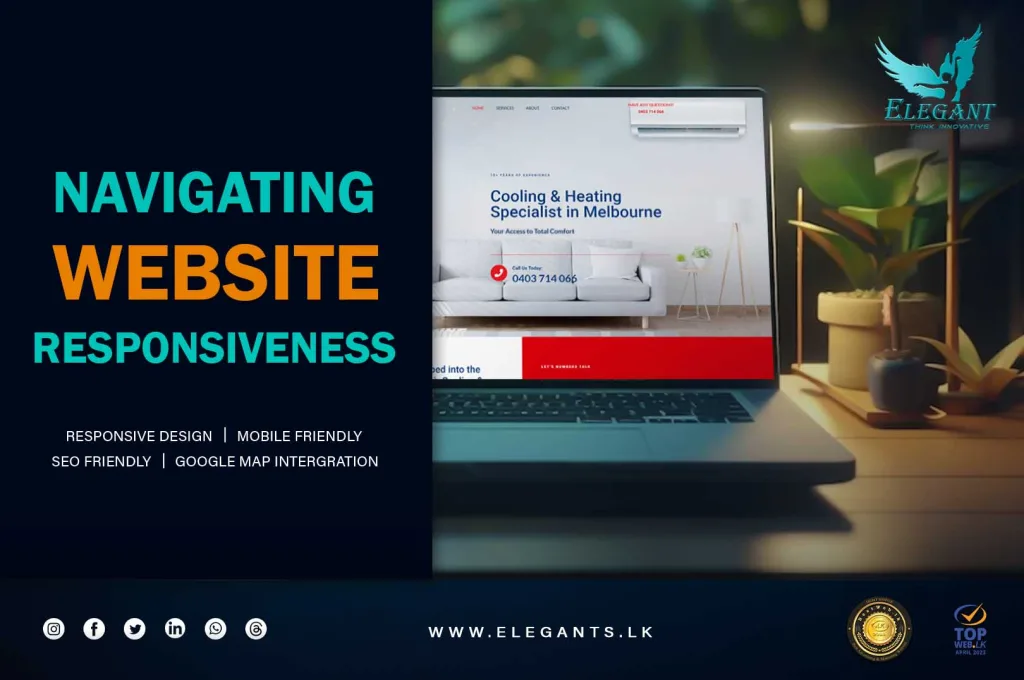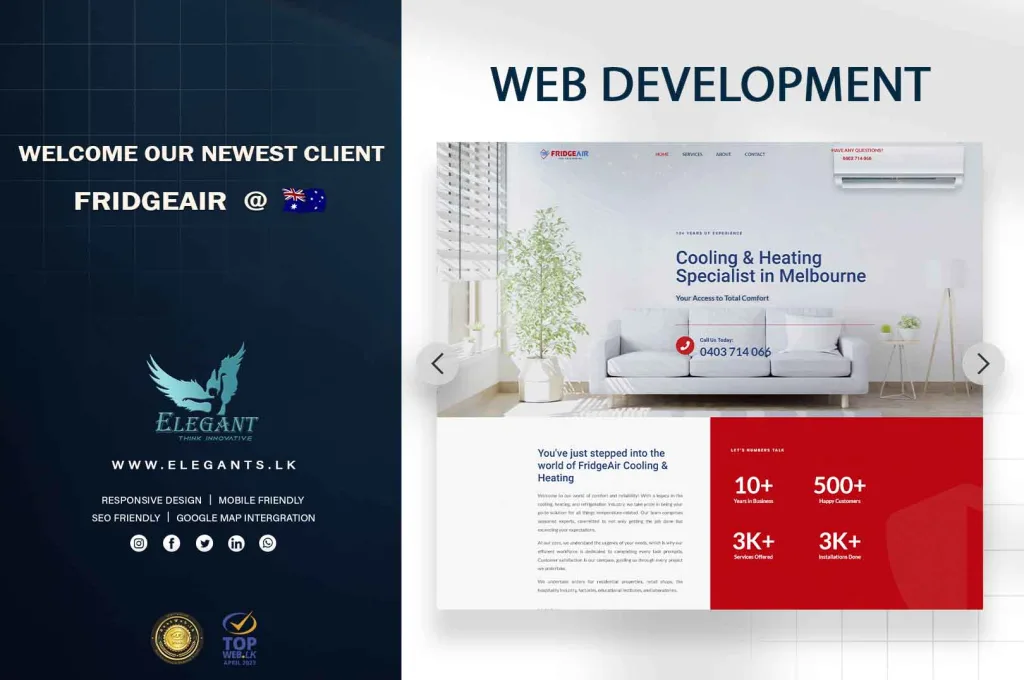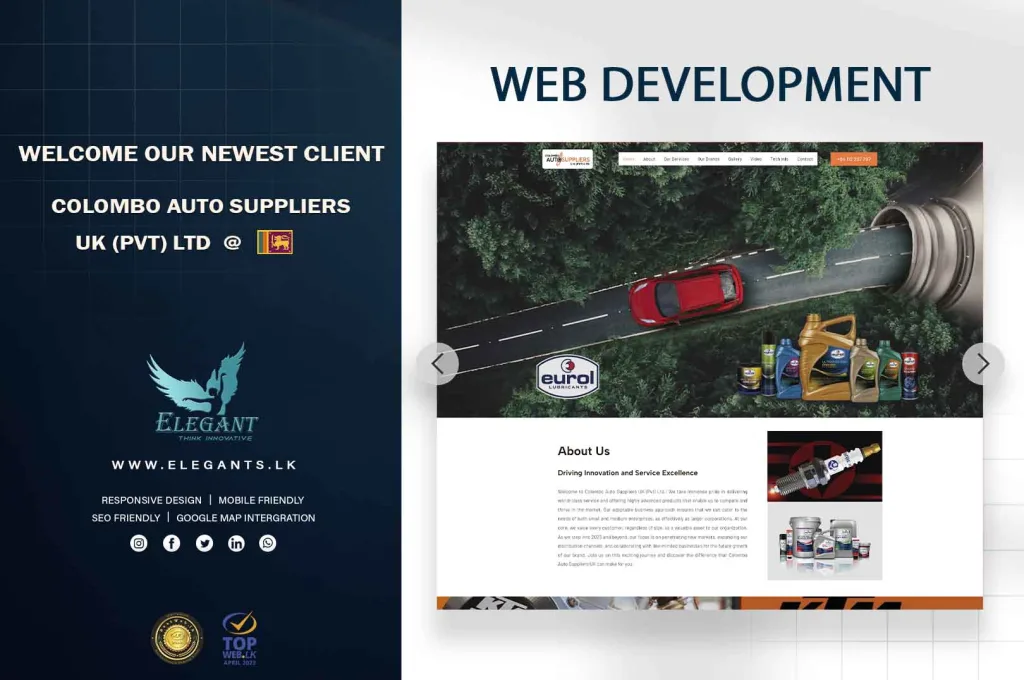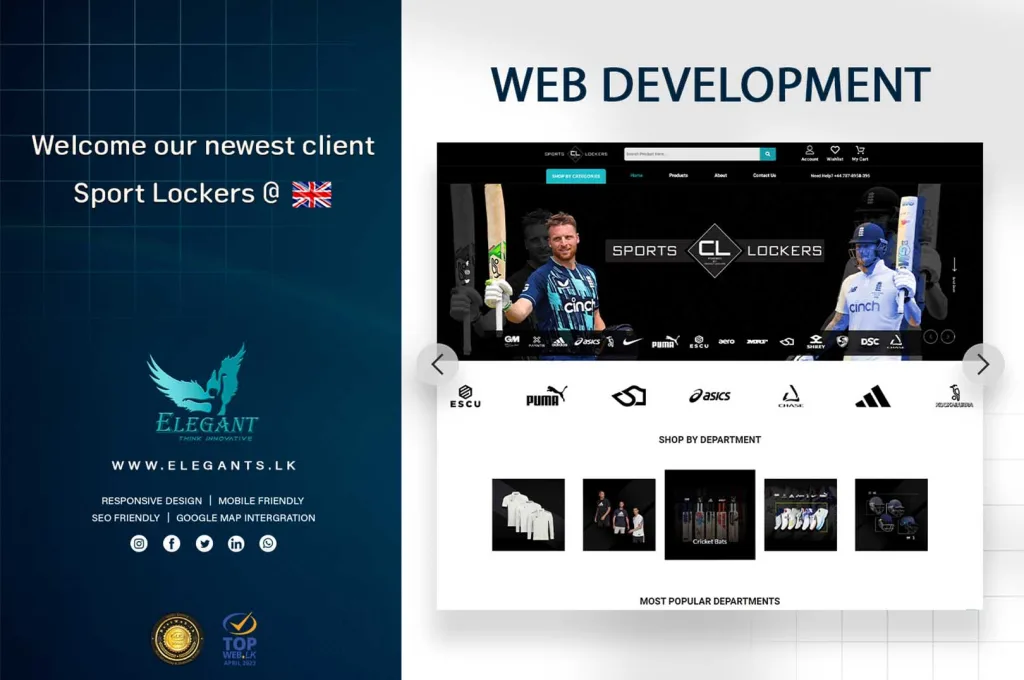Front End Developer Responsibilities: What Does a Front End Developer Do?
Front End Developer Responsibilities: What Does a Front End Developer Do?
Introduction
A Front End Developer is responsible for creating the user interface of a website or application. They are responsible for the look and feel of the website, as well as the functionality of the user interface. They must be able to create a visually appealing design that is easy to use and navigate. They must also be able to code the design into HTML, CSS, and JavaScript. Front End Developers must also be able to troubleshoot any issues that arise with the user interface. They must be able to work with other developers to ensure that the website or application is functioning properly.

Exploring the Role of a Front End Developer: What Skills and Knowledge Are Required?
Front end developers are responsible for the design and development of the user interface of a website or application. They are responsible for creating the look and feel of the website or application, as well as ensuring that it is easy to use and navigate. As such, front end developers must possess a wide range of skills and knowledge in order to be successful.
First and foremost, front end developers must have a strong understanding of HTML, CSS, and JavaScript. HTML is the language used to create the structure of a website, while CSS is used to style the website and JavaScript is used to add interactivity. A front end developer must be able to write code in these languages in order to create a website or application that is both visually appealing and functional.
In addition to coding skills, front end developers must also have a strong understanding of user experience (UX) design. UX design is the process of creating a website or application that is easy to use and navigate. This involves understanding how users interact with a website or application, and designing the interface accordingly.
Front end developers must also have a good eye for design. They must be able to create visually appealing websites and applications that are both aesthetically pleasing and functional. This requires an understanding of color theory, typography, and layout.
Finally, front end developers must have a good understanding of web standards and best practices. This includes understanding how to optimize websites and applications for different browsers and devices, as well as understanding how to ensure that websites and applications are accessible to all users.
In summary, front end developers must possess a wide range of skills and knowledge in order to be successful. This includes a strong understanding of HTML, CSS, and JavaScript, as well as an understanding of UX design, design principles, and web standards and best practices. With these skills and knowledge, front end developers can create websites and applications that are both visually appealing and functional.
Understanding the Different Types of Front End Development: HTML, CSS, and JavaScript
Front end development is the process of creating the user interface of a website or application. It is the part of the development process that is visible to the user and is responsible for the look and feel of the website or application. Front end development is typically done using three main languages: HTML, CSS, and JavaScript.
HTML (HyperText Markup Language) is the language used to create the structure of a website or application. It is used to define the different elements of a page, such as headings, paragraphs, images, and links. HTML is the foundation of any website or application and is the language used to create the basic structure.
CSS (Cascading Style Sheets) is the language used to define the look and feel of a website or application. It is used to define the colors, fonts, and layout of a page. CSS is used to make a website or application look more visually appealing and to make it easier to navigate.
JavaScript is the language used to create interactive elements on a website or application. It is used to create dynamic content, such as animations, forms, and games. JavaScript is used to make a website or application more engaging and interactive.
Front end development is an important part of the development process and is essential for creating a successful website or application. Understanding the different languages used in front end development is essential for creating a website or application that is visually appealing and easy to use.
Keeping Up with the Latest Front End Technologies: What’s New and What’s Hot?
The world of front end technologies is constantly evolving, and staying up to date with the latest trends can be a challenge. From frameworks to libraries, there are a variety of tools available to help developers create modern, interactive web applications. In this article, we’ll take a look at some of the newest and hottest front end technologies, and discuss how they can be used to create powerful web experiences.
One of the most popular front end frameworks is React. Developed by Facebook, React is a JavaScript library that allows developers to create user interfaces with a component-based approach. React is designed to be fast and efficient, and it is used by many of the world’s leading companies, including Netflix, Airbnb, and Uber.
Another popular front end technology is Angular. Angular is a TypeScript-based open-source web application framework developed by Google. It is used to create single-page applications, and it is designed to be highly modular and extensible. Angular is a great choice for developers who want to create complex web applications with minimal effort.
Vue.js is another popular front end framework. It is a progressive JavaScript framework that is designed to be lightweight and easy to use. Vue.js is a great choice for developers who want to create interactive user interfaces without having to learn a complex framework.
Finally, Node.js is a popular JavaScript runtime environment that is used to create server-side applications. Node.js is designed to be fast and efficient, and it is used by many of the world’s leading companies, including PayPal, Netflix, and Uber.
These are just a few of the many front end technologies available today. By staying up to date with the latest trends, developers can create powerful web experiences that are both modern and interactive. With the right tools and knowledge, developers can create amazing web applications that will delight users.
Working with Designers and Back End Developers: How to Collaborate Effectively
Collaboration between designers and back end developers is essential for the successful completion of any project. When working together, it is important to ensure that both parties are able to communicate effectively and understand each other’s roles and responsibilities. This article will provide tips on how to collaborate effectively between designers and back end developers.
First, it is important to establish clear communication between the two parties. This means that both designers and back end developers should be aware of each other’s roles and responsibilities. It is also important to ensure that both parties are able to communicate their ideas and concerns in a clear and concise manner. This will help to ensure that everyone is on the same page and that any potential issues can be addressed quickly and efficiently.
Second, it is important to ensure that both parties are able to work together in a productive manner. This means that both designers and back end developers should be willing to listen to each other’s ideas and provide constructive feedback. This will help to ensure that the project is completed in a timely manner and that all parties are satisfied with the end result.
Third, it is important to ensure that both parties are able to work together in a respectful manner. This means that both designers and back end developers should be willing to respect each other’s opinions and ideas. This will help to ensure that the project is completed in a positive and productive manner.
Finally, it is important to ensure that both parties are able to work together in a collaborative manner. This means that both designers and back end developers should be willing to work together to come up with creative solutions to any potential issues. This will help to ensure that the project is completed in a timely manner and that all parties are satisfied with the end result.
By following these tips, designers and back end developers can ensure that they are able to collaborate effectively and efficiently. This will help to ensure that the project is completed in a timely manner and that all parties are satisfied with the end result.
Optimizing Performance and User Experience: Tips and Tricks for Front End Developers
Front end development is a critical part of creating a successful website or application. It is responsible for the user interface, the look and feel of the product, and the overall user experience. As such, it is important for front end developers to optimize performance and user experience. Here are some tips and tricks to help you do just that.
1. Minimize HTTP Requests: Every time a user visits a website, the browser sends an HTTP request to the server. The more requests the browser has to make, the longer it takes for the page to load. To reduce the number of requests, use techniques such as combining multiple files into one, using CSS sprites, and using data URIs.
2. Optimize Images: Images can take up a lot of space and slow down page loading times. To optimize images, use the correct file format, compress images, and use image sprites.
3. Use a Content Delivery Network (CDN): A CDN is a network of servers located around the world that can deliver content to users faster. By using a CDN, you can reduce latency and improve performance.
4. Minify Code: Minifying code means removing unnecessary characters such as whitespace, comments, and line breaks. This reduces the size of the code and improves page loading times.
5. Use Caching: Caching is a technique that stores frequently used data in memory so that it can be quickly accessed. This reduces the amount of time it takes to retrieve data from the server and improves performance.
6. Use a Responsive Design: Responsive design is a technique that allows a website to adapt to different screen sizes and devices. This ensures that users have a consistent experience regardless of the device they are using.
7. Optimize JavaScript: JavaScript is a powerful language, but it can also be slow. To optimize JavaScript, use techniques such as minifying code, using asynchronous loading, and using a JavaScript library.
By following these tips and tricks, you can optimize performance and user experience for your website or application. This will ensure that users have a positive experience and are more likely to return.
Conclusion
In conclusion, a Front End Developer is responsible for creating the user interface of a website or application. They are responsible for coding the HTML, CSS, and JavaScript that make up the user interface, as well as ensuring that the user experience is optimized for the best possible outcome. Front End Developers must also be able to work with other developers and designers to ensure that the website or application is functioning properly and looks great.
Front End Developer Responsibilities: What Does a Front End Developer Do? Read More »















